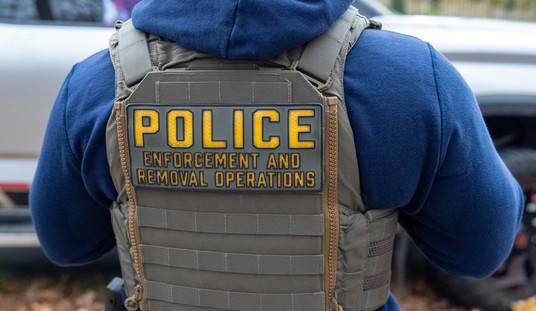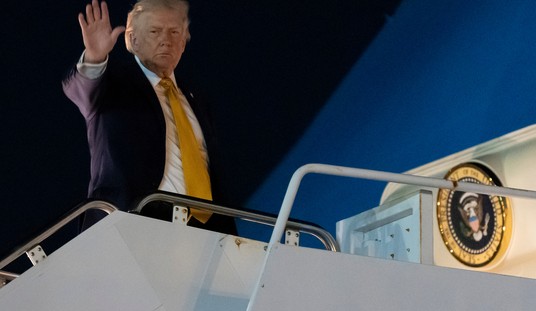
In December 2015, Obama signed the Every Student Succeeds Act (ESSA) into law. Like its predecessor, No Child Left Behind, it was a revamp of the Elementary and Secondary Education Act of 1965- the federal government’s first major intrusion into education policy.
ESSA was sold as being a vehicle to give states more control in determining standards, implementing them, and gauging their success. To some (64 House Republicans and 12 Republican Senators), it did not go far enough. In reality, it did no such thing except change the name of a top-down philosophy.
When you have the likes of Chuck Schumer, Nancy Pelosi and Arne Duncan singing its praises, that should have been a signal that things were not as they seemed. The bill totals 1,061 pages of legalese, which was an improvement considering the number of pages it took to write Obamacare into law. The National Governor’s Association and the Council of Chief State School Officials lent their endorsement. Another 37 Left-leaning organizations and think tanks supported it. And most ominously, the copyright owners of Common Core gave their enthusiastic support.
The nuts and bolts are thus: any state standards must be submitted to the federal government which then must approve them provided they conform to 11 different federal statutes. They included the: Workforce Innovation and Opportunity Act, the Head Start program, and the Education Sciences Reform Act, among others. Standards based on a classical model would not meet the criteria and be disapproved. The result is that states, in order to receive approval (and federal funding) would have to conform to something akin to Common Core, or Common Core-lite.
What caused many to eventually vote for the bill was increased funding for preschool. Considered “baby Common Core” by its critics, it expands preschool funding above the $20 billion annually expended spread over an existing 45 programs. It also leaves in place and, in fact, doubles down on Head Start which is an unmitigated failure.
In over 10 years of substitute teaching K-8 students, the most recent four having a pre-K program, this writer has seen the results of Head Start which basically confirms most empirical studies on a losing program. In terms of preschool education, parents have certain options: private preschool, nothing or home enrichment, Head Start, or the district-run voluntary preschool program. As the district renovated or rebuilt aging schools, they added classroom space for preschool children so that they can attend a neighborhood school.
Those that had attended Head Start are probably the least academically prepared for formal schooling. Those that attended the district run preschool program better adjust to kindergarten because they are aware of expectations and the culture of the school. Their behavior is better and there is less separation anxiety, yet their academics are not much better than those children who attended no preschool whatsoever; somewhat mixed results, if you will.
ESSA ignores these facts and doubles down on a failing preschool model. Although some of the more stringent requirements of testing were somewhat relaxed under ESSA, it nevertheless did not remove the mandate that students be tested in grades 3-8 and once in high school- a requirement under No Child Left Behind. While one understands the need for gauging student performance and accountability, the unfortunate result has been that teachers, instead of teaching a well-rounded classical curriculum, now teach to a standardized test. Unfortunately, that test is the PARCC and even more unfortunate is that the PARCC directly measures achievement using the Common Core standards.
New Jersey is a perfect example of this phenomena. They received a waiver under ESSA to pull out of Common Core since the state-established standards meet the federal guidelines. However, they failed to jettison the PARCC test as the gauge of student performance and accountability. In effect, you have a rejection of Common Core in name only while establishing a de facto Common Core curriculum.
True educational reform does not mean more intrusion by the federal government, or changing the name of something with smoke-and-mirror legislation, then patting yourself on the back claiming you are returning the role of education to the states and local governments. It should mean empowering parents and involving them in their child’s education. It should not mean the school becoming the fall-back parent from age 3-18.
If you ask any good teacher, they will tell you the greatest determinant of student achievement is parent involvement. It is why private schools, in general, outperform public schools. The mere fact that a parent decided to forego a public education for their child is an indication of involvement. The same can be said for charter schools and homeschooling. Unfortunately, ESSA- like every federal education law before it- cuts the parent from the equation other than the obligatory letter home telling of the student’s score on some standardized test as compared to the rest of the students in the school and district.
Thanks to the federal government with its carrot of federal money, we no longer have a body of student learners. They are a group of test takers guided by a curriculum geared towards success on a test. ESSA pushes that mindset earlier into a child’s development by now getting its hooks into the preschool-age child.
Let us not kid ourselves about this law. It is simply all that came before it under a different name with a nice-sounding title. Nobody wants a child left behind and everybody wants a student to succeed. The failed lesson of years of throwing money at a problem has not been learned. That makes Congress no better than any student who fails a standardized test.














Join the conversation as a VIP Member